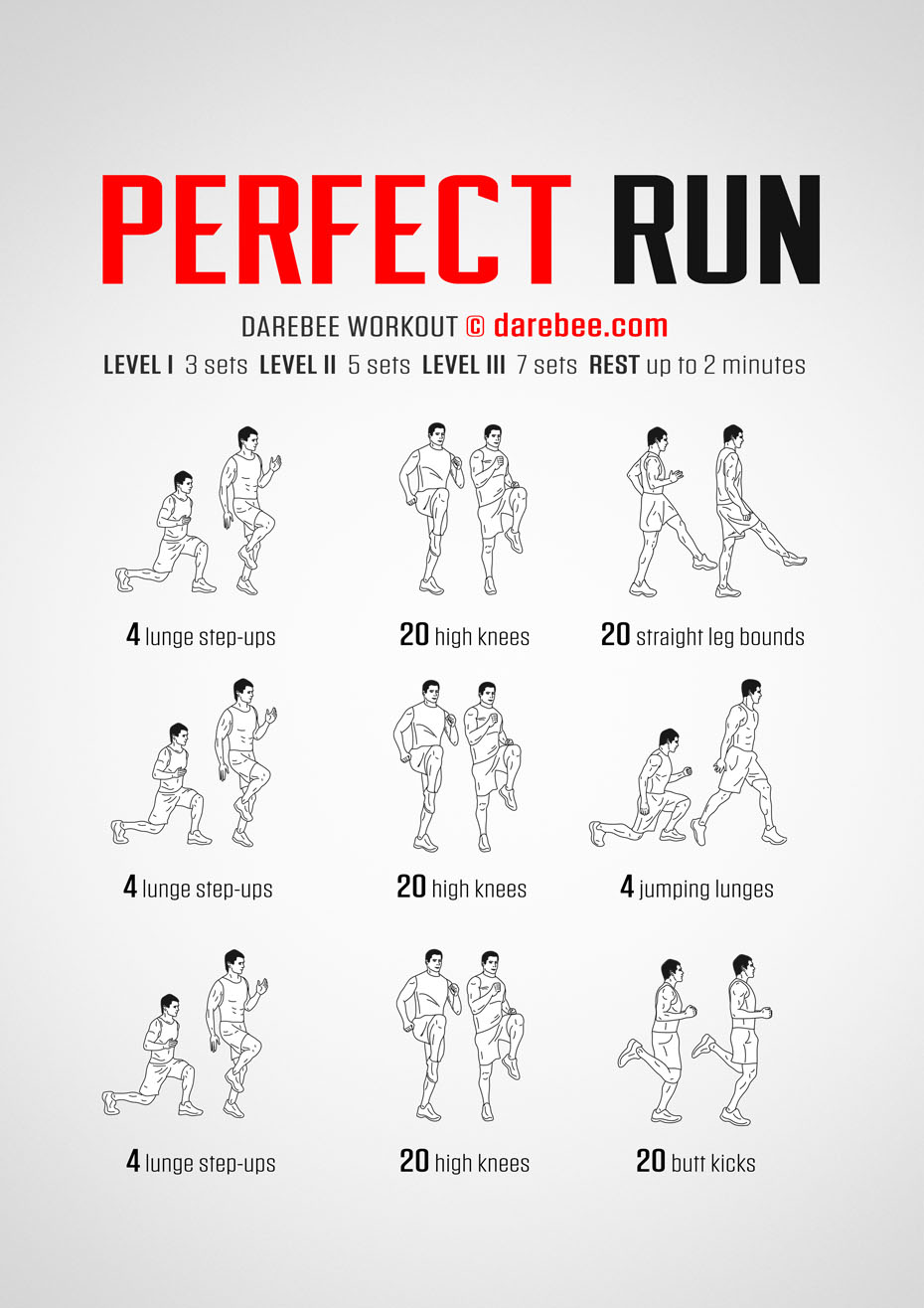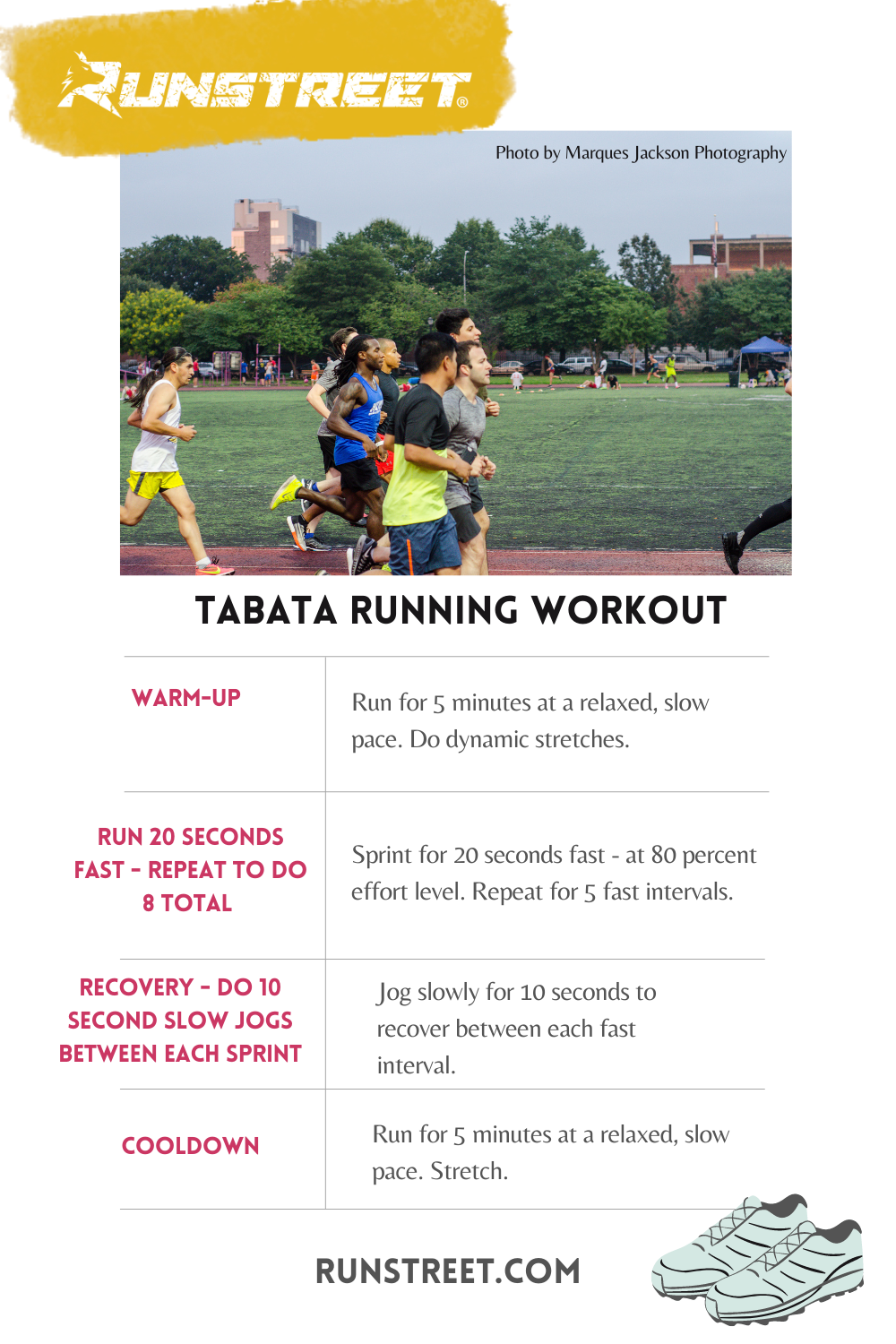Revamp Your Running Strategy: Tips for Boosted Performance
Wiki Article
The Ultimate Guide to Taking Care Of Pain When Running
For joggers, experiencing pain throughout runs is not unusual, and recognizing how to properly take care of and stop it can make a considerable difference in your overall efficiency and pleasure of the sport. Whether you are a skilled marathoner or just starting your running trip, recognizing the different types of pain that can occur and the strategies to resolve them is important. From pre-run workout regimens to proper shoes choice, there are numerous elements to consider when it involves managing discomfort while running. This thorough guide will furnish you with the knowledge and devices needed to browse through the discomfort and empower you to accomplish your running goals with higher convenience.
Recognizing Various Kinds Of Running Pain
When running, it is vital to differentiate between various sorts of pain to avoid injuries and make best use of efficiency (Read More). One usual kind of pain that joggers may experience is muscle pain, which normally arises from the stress and anxiety placed on muscles throughout exercise. This kind of pain is commonly a regular component of the running procedure and can be managed via correct workout, cool-down, and extending regimensAn additional kind of pain to be mindful of is joint pain. Joint pain can show problems such as overuse, inappropriate kind, or underlying problems like arthritis. Overlooking joint discomfort can cause a lot more serious injuries, so it is vital to address any type of discomfort without delay and possibly look for expert advice.
In addition, sharp or stabbing pains need to not be neglected. These sorts of pain can signify acute injuries such as strains, sprains, or anxiety fractures - running strategy. Remaining to run through these kinds of pain can exacerbate the injury and lengthen healing time

Pre-Run Workout and Extending Routine
To prepare the body for a running session, carrying out a reliable pre-run warm-up and extending regular is essential. A correct workout aids raise blood circulation to the muscular tissues, improves adaptability, and lowers the danger of injury during the run. Begin with vibrant stretches like leg swings, arm circles, and high knees to gradually elevate your heart rate and chill out the muscle mass. Dynamic stretching aids imitate the activities you'll be doing while running, preparing your body for the activity in advance. Follow this with fixed stretches focusing on major muscular tissue teams such as the hamstrings, quadriceps, calf bones, and glutes. Hold each go for about 15-30 seconds without jumping to promote muscle relaxation and versatility. Remember to pay attention to your body and readjust the intensity of your workout based on your health and fitness degree and any kind of pre-existing conditions. By incorporating a consistent pre-run warm-up and stretching regular right into your running regimen, you can enhance efficiency and decrease the danger of pain or injury.Appropriate Shoes Option and Fit
When selecting running shoes, it is necessary to take into consideration elements such as foot kind, running stride, arch support, padding, and footwear size. Seeing a specialty running store for a stride evaluation and specialist fitting can aid make certain that you select the right shoes for your private needs. Investing in high-quality shoes that is proper for your running design and foot makeup is a positive action towards preventing pain and injuries during your runs.Nutrition and Hydration Tips for Discomfort Prevention

Hydration is similarly critical for joggers to stay clear of pains, dehydration, and other discomforts that can lead to discomfort during running. By focusing on nourishment and hydration, joggers can improve their performance, decrease discomfort, and delight in a more comfy running experience.
Post-Run Recovery Techniques to Alleviate Discomfort
Implementing efficient healing methods is necessary for alleviating discomfort get the real info and promoting muscular tissue recovery after running sessions. One crucial post-run recuperation method is stretching. Including static go for significant muscle groups can aid decrease muscle tension and pain. Foam rolling is another advantageous practice to launch muscle mass tightness and enhance blood circulation to the muscles, aiding in quicker recuperation. Furthermore, topping aching locations for 15-20 minutes can help lower swelling and numb discomfort post-run.Taking in a balanced treat or dish that consists of healthy protein and carbohydrates within 30 mins of ending up a run can assist repair muscle tissue and renew power stores. By integrating these post-run recovery strategies into your regimen, you can successfully manage pain and optimize your running efficiency.
Final Thought
Finally, attending to various kinds of running discomfort through correct workout, stretching, shoes option, nutrition, hydration, and post-run healing methods is crucial for discomfort prevention and monitoring. By comprehending the causes of pain and applying these methods, runners can decrease pain and prospective injuries. It is critical to focus on general physical health and wellness to make sure a successful and satisfying running experience.Report this wiki page